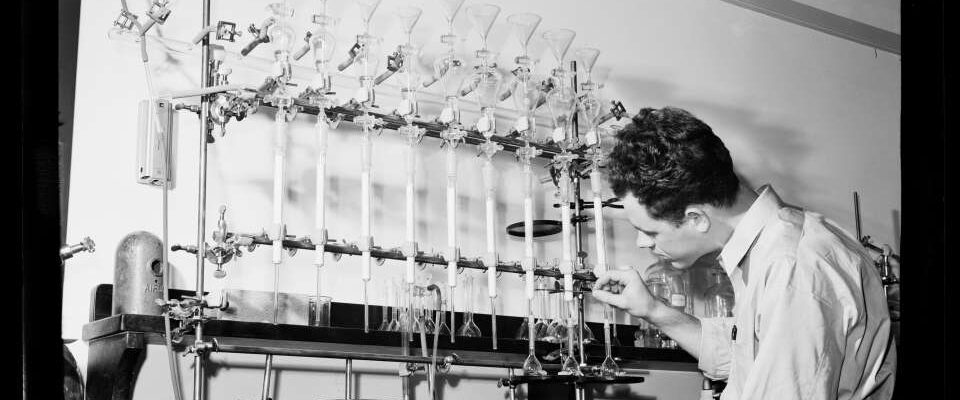In discussions pertaining to World War II, the focus is often on battles, casualties, strategies, victories and losses. However, World War II it must be remembered, was a time for outstanding innovation that had the capacity to save lives, while other innovations had the capacity to put an astounding end to it. These are 5 nonlethal innovations that were developed throughout the duration of World War II.
1) Flu Vaccines
During World War I, there was an influenza pandemic (1918-1919) which played a major role in casualties throughout the Great War. These casualties served as a crucial motivator to the United States Military to develop the first ever flu vaccine. During the 1930s scientists were hard at work in isolating and studying flu viruses and by the 1940s were able to begin the development of a vaccine. The first flu vaccine for military use was approved by the United States congress in 1945 and for civilian use in 1946. One of the head researchers on the flu vaccine project named Jonas Salk would go on to later develop the polio vaccine.
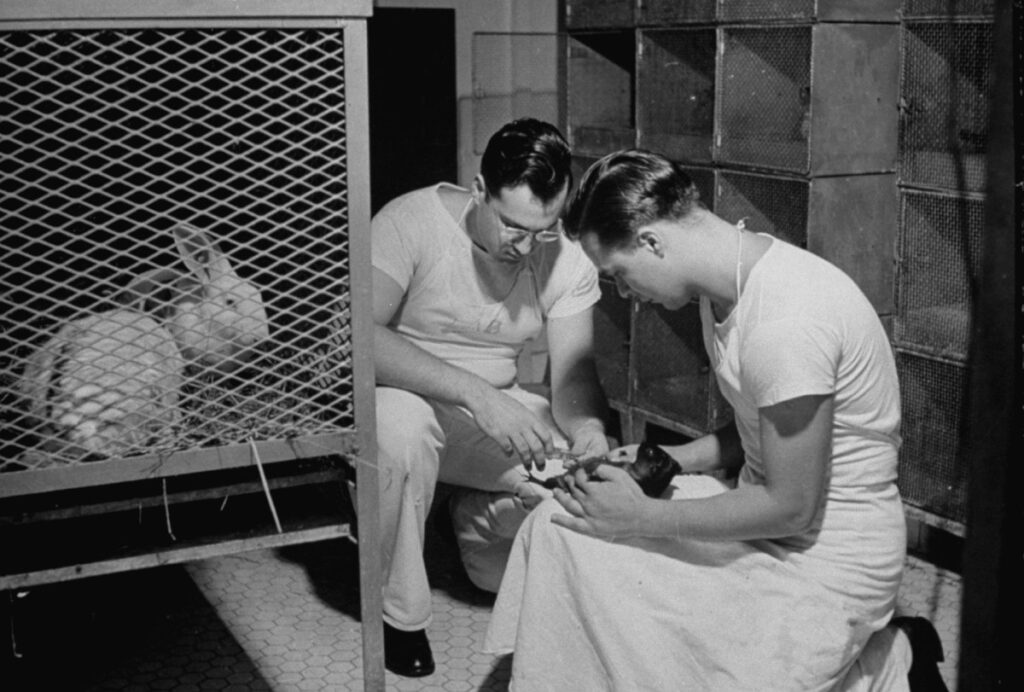
Ralph Morse/The LIFE Picture Collection via Getty Images
2) Penicillin
Before the prevalence of antibiotics such as penicillin, even the smallest of cuts could get infected and eventually lead to death. While Alexander Fleming, the Scottish scientist, had discovered penicillin as early as 1928, it was not until World War II that the US started mass producing it as a medicine. For the U.S. War department, production of penicillin to be used by soldiers was of the utmost strategic priority in battle. As an indication to just how crucial to the war the United States military saw penicillin, in preparation for the Normandy invasion, the U.S. produced 2.3 million doses for allied troops. Shortly after the war, civilians would be offered penicillin in case of need as well and it became a regular form of treatment.
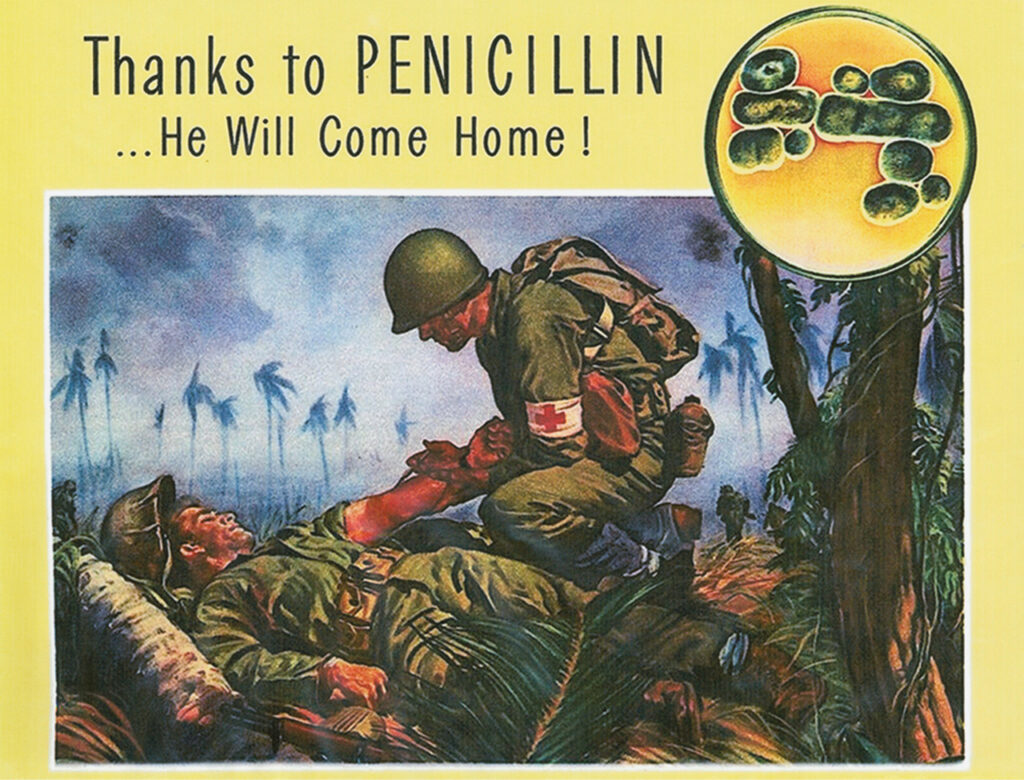
3) Jet Engines
The original innovation of the jet engine originated in Britain, patented by a Royal Air Force engineer named Frank Whittle in 1930. Nonetheless it was the Germans who were the first country to actually perform a flight test on one of its fighter planes shortly before the Nazis invaded Poland in 1939.
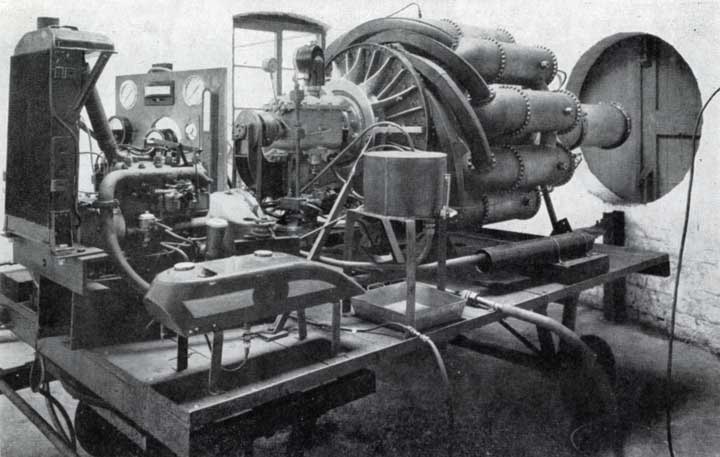
Power Jets Ltd/SSPL/Getty Images
4) Blood Plasma Transfusions
A United States Surgeon by the name of Charles Dew managed to standardize blood plasma as a form of medical treatment during World War II. This, it can be argued, was born out of necessity since plasma can be given to any person no matter their blood type. For this reason, blood plasma transfusions were very useful and easy to administer on the battlefield during the war.
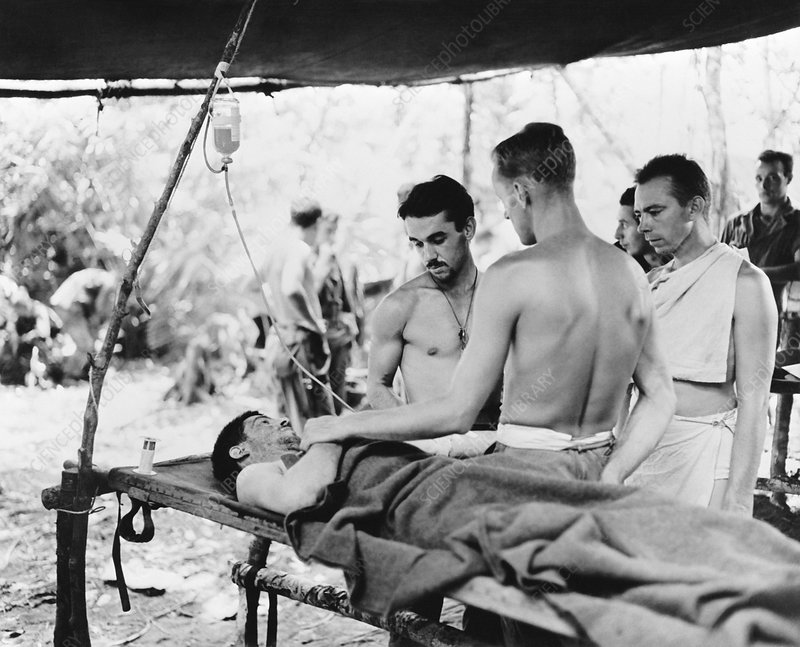
5) Radar
British engineers were the first to create radar systems. In 1935, British Physicist Sir Robert Watson-Watt had developed it along with a team of scientists. By 1939, the British had been able to establish a network of functioning radar stations along the coasts of Britain. Originally, electromagnetic radiation for radar was meant to be used as a weapon and not for detection. When the scientists noticed that the original goal of hurting an opponent was not working, they also noticed that they received a ping that would allow them to locate an opponent in a similar way to a sonar. The creation of radar was crucial to the allied forces in the detection of enemy ships and aircraft. After the war, radar’s uses were expanded to detecting major weather events and guiding civilian aircraft.


